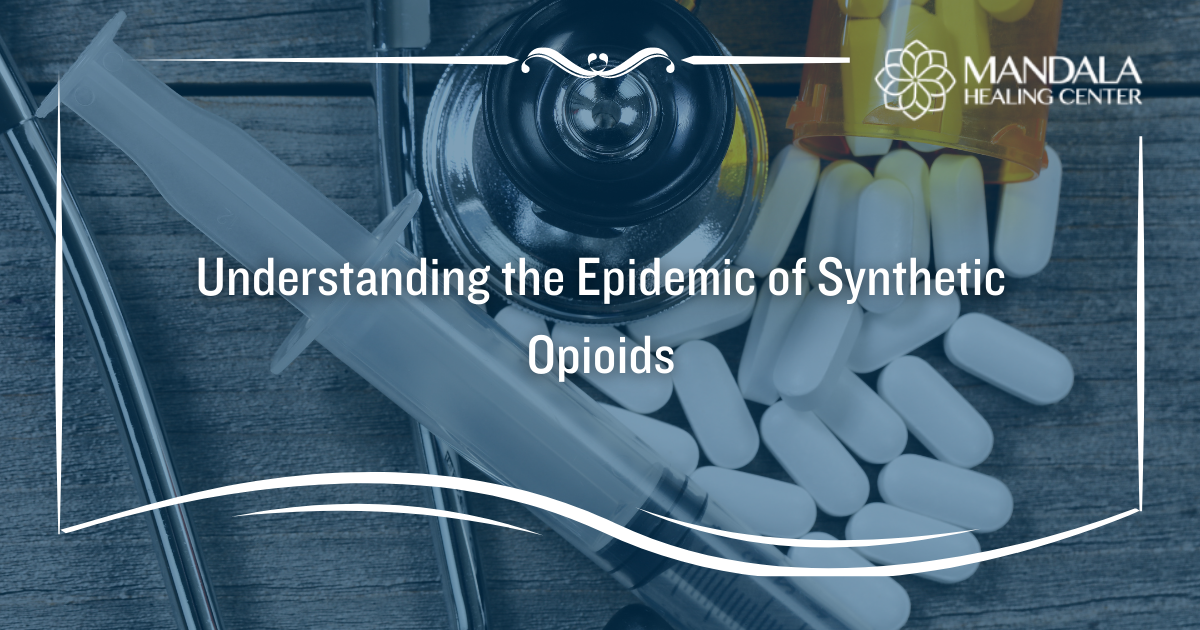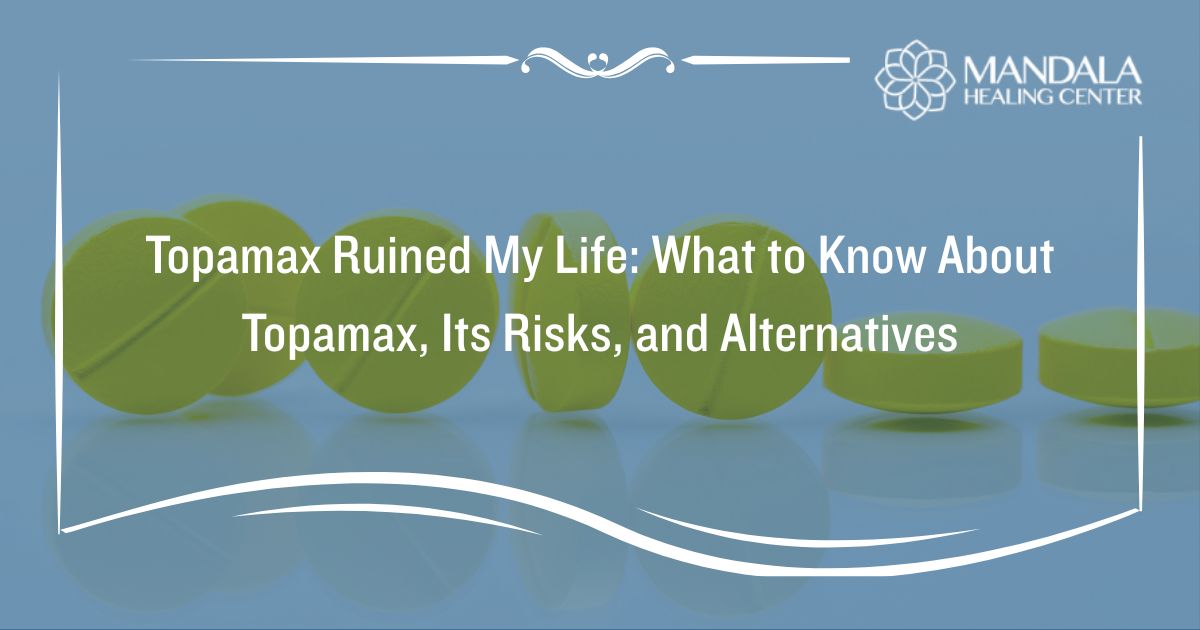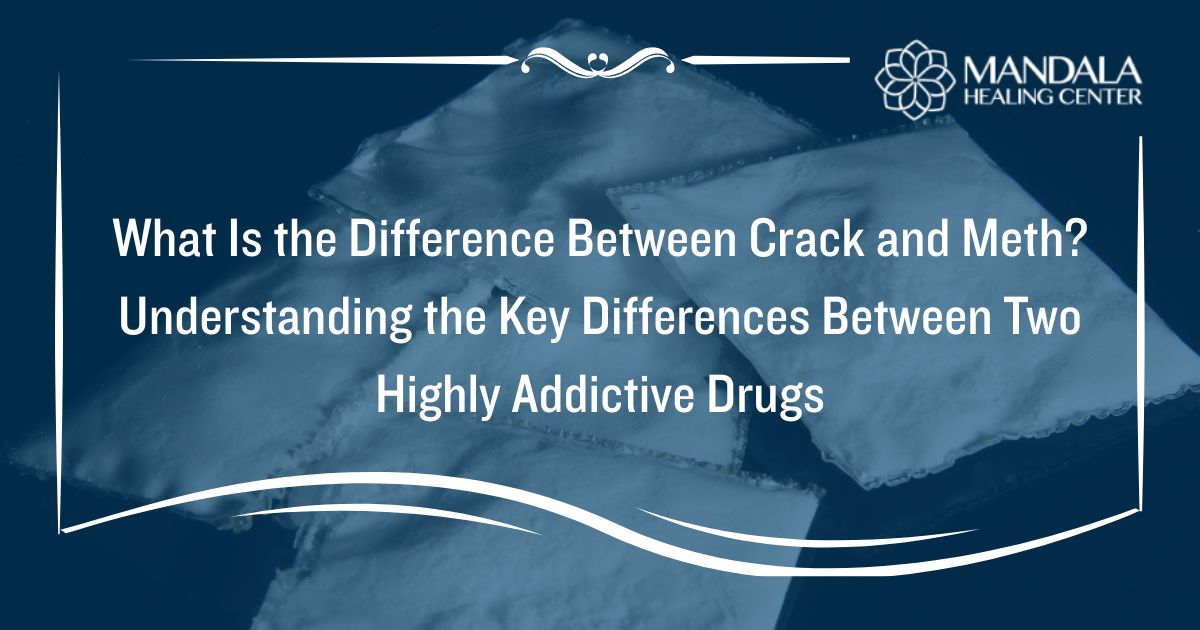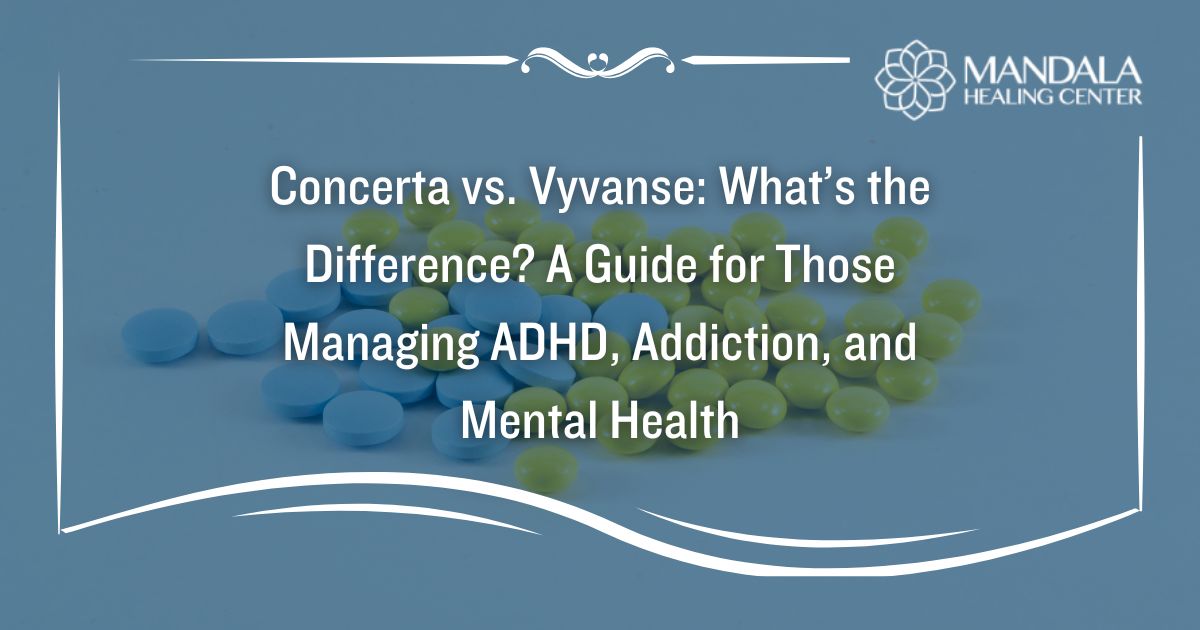Since the 1990s, the United States has been in the midst of an escalating opioid crisis. The first wave of the opioid crisis was defined by prescription opioid abuse (primarily OxyContin). The second wave of the opioid crisis was marked by heroin. The third, and current wave, of the crisis will be defined by synthetic opioids like fentanyl.
What are Synthetic Opioids?
Synthetic opioids are man-made drugs that are designed to mimic the effects of naturally occurring opioids. Naturally occurring opioids, on the other hand, are derived from opium, a chemical found in the seed pod of the opium poppy plant. Examples of naturally occurring opioids include morphine, codeine, and heroin.
Synthetic opioids are similar in chemical makeup as naturally occurring opioids–they even have many of the same side effects. The only difference is that they are manufactured in laboratories. For example, oxycodone, hydrocodone, and methadone are all considered synthetic opioids.
One concerning type of synthetic opioid is fentanyl analogs, meaning they were created in a lab with a chemical structure that is similar to fentanyl, but slightly different. Many fentanyl analogs are even stronger than fentanyl, which is already 50 times stronger than heroin and 100 times stronger than morphine.
Popular and deadly synthetic opioids that are found on the streets today include:
- Fentanyl
- Carfentanil
- Acetyl fentanyl
- Furanylfentanyl
- Butyryl fentanyl
- 3-Methylfentanyl
- U-47700 (“Pink” drug)
- AH-7921
- MT-45
- Tianeptine
Studies have found that these novel synthetic opioids are amongst the most abundant and lethal psychoactive substances today.
Carfentanil is the strongest fentanyl analog, and it is estimated to be 10,000 times more potent than morphine. It was originally created as an elephant tranquilizer, but reports have surfaced throughout the United States of carfentanil being found in heroin and other opioid drugs, causing many overdose deaths.
Synthetic Opioids Become the Leading Cause of Drug Overdose Deaths
As of 2020, synthetic opioids were involved in more drug overdose deaths in the United States than any other type of opioid. They accounted for more than 82% of all opioid-related deaths that year. The CDC reports that more than 56,000 deaths occurred involving synthetic opioids in 2020, a 56% increase from 2019.
In 2021, deaths attributed to synthetic opioids continued to surge, increasing by nearly 15% from 2020. Synthetic opioids alone were responsible for 71,238 drug overdose deaths in 2021.
Why are Synthetic Opioids and Fentanyl so Common Today?
The synthetic opioids found on the streets are not the same synthetic opioids that are manufactured by pharmaceutical companies. Instead, clandestinely produced synthetic opioids are typically synthesized abroad and smuggled into the US. They are then used by drug dealers and traffickers to “cut” other drugs, like heroin.
To explain, synthetic opioids are powerful and cheap to produce. By adding synthetic opioids to other drugs, dealers can increase their profits, make their drugs more potent, and make their supply go further.
The Dangers of Synthetic Opioids
New synthetic drugs are created on a regular basis. Some are used for legitimate research and health purposes, but many land in the hands of drug users and are the cause of addiction and drug overdose deaths.
The FDA has designated fentanyl analogs and U-47700 as Schedule I Controlled Substances, indicating a high risk for abuse and no safe, accepted medical use.
Unfortunately, many people who overdose on synthetic opioids do not realize they have taken something so dangerous. People may think they are taking heroin or a prescription pill, only to find that their drugs have been laced with a fentanyl analog or cut with a powerful synthetic drug. This results in thousands of accidental opioid overdose deaths.
Synthetic opioid overdose is similar to other opioid overdoses. Symptoms include:
- Pinpoint pupils
- Cold, clammy skin
- Unresponsive
- Loss of consciousness
- Slow pulse or heartbeat
- Respiratory depression
- Blue-colored lips, nails, or skin
While naloxone can restore breathing and reverse the effects of an opioid overdose, many synthetic opioids are so strong that naloxone is ineffective, especially when a person has taken a high dose of a synthetic opioid.
If you suspect someone is overdosing on a synthetic opioid, call 911 immediately and administer naloxone, if available.
Find Help for Opioid Abuse and Addiction Today
Opioid abuse is more dangerous today than it ever was before. If you or someone you love is abusing or addicted to opioids, you truly never know when your next dose will be your last. Although you can use fentanyl test strips to test for fentanyl and fentanyl analogs and carry naloxone, neither of these harm reduction methods is fool-proof against synthetic opioids. The only way to keep yourself or your loved one safe is to get treatment and get sober.
At Mandala Healing Center, we go beyond the conventional approach of detoxification and recovery. Our patients are inspired to fully heal in an environment designed to nourish their entire being. Treatment is complete with medical detox, evidence-based therapies, nutritional support, and holistically-tailored care.
Don’t wait any longer for the help you deserve. Call now to start your recovery journey.
References:
- https://www.cdc.gov/drugoverdose/deaths/synthetic/index.html
- https://www.dea.gov/sites/default/files/2020-06/Synthetic%20Opioids-2020.pdf
- https://www.sciencedirect.com/topics/neuroscience/synthetic-opioids
- https://www.cdc.gov/nchs/pressroom/nchs_press_releases/2022/202205.htm












